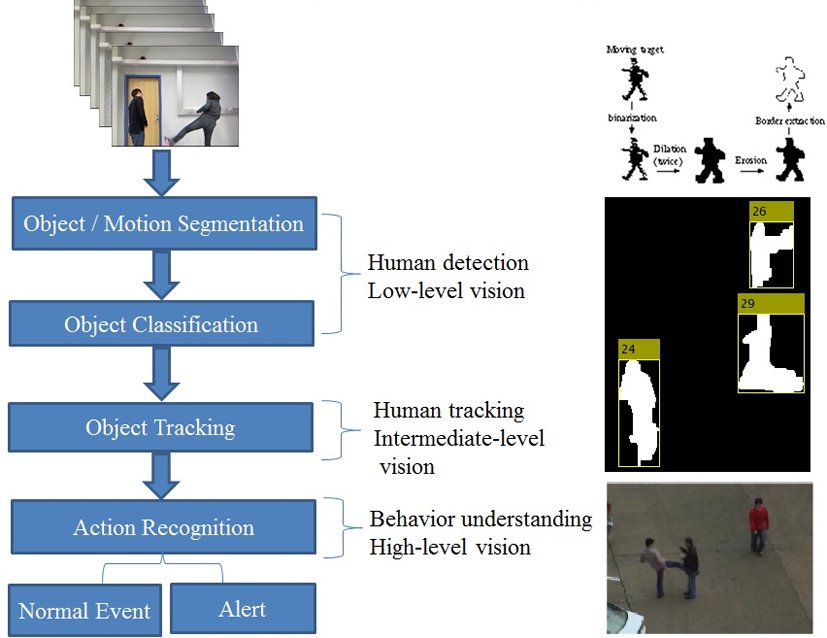

- HIDDEN MARKOV MODEL MATLAB ACTIVITY RECOGNITION SOURCE CODE SOFTWARE
- HIDDEN MARKOV MODEL MATLAB ACTIVITY RECOGNITION SOURCE CODE SERIES
This book’s use or discussion of Matlab® and Simulink® software or related products does not constitute endorsement or sponsorship by The MathWorks of a particular pedagogical approach or particular use of the Matlab® and Simulink® software.Ĭover credit: Lourenҫo Rafael Cardoso RibeiroĬRC Press Taylor & Francis Group 6000 Broken Sound Parkway NW, Suite 300 Boca Raton, FL 33487-2742 © 2019 by Taylor & Francis Group, LLC CRC Press is an imprint of Taylor & Francis Group, an Informa business No claim to original U.S. The MathWorks does not warrant the accuracy of the text or exercises in this book. Matlab® and Simulink® are trademarks of The MathWorks, Inc. José Boaventura-Cunha Universidade de Trás-os-Montes e Alto Douro and INESC TEC Technology and Science Portugal Pinho INESC TEC Technology and Science Portugal HIDDEN MARKOV MODELS Theory and Implementation using Matlab® João Paulo Coelho Instituto Politécnico de Bragança and CeDRI - Research Centre in Digitalization and Intelligent Robotics Portugal

HIDDEN MARKOV MODEL MATLAB ACTIVITY RECOGNITION SOURCE CODE SERIES
2: Probability Theory and Stochastic Processesģ.3.2.1 Operation conditions for the Baum-Welch algorithmģ.3.2.2 Parameter estimation using multiple trialsģ.3.2.3 Baum-Welch algorithm numerical stabilityģ.5.1.1 Partial derivative of Lk in order to aijģ.5.1.2 Partial derivative of Lk in order to bijģ.5.2 Partial Derivative of LK in order to cģ.5.3 Performance Analysis of the Re-estimation Formulasģ.5.4 Parameters Coercion by Re-parameterizationģ.5.5.2 Lagrange multipliers and Karush-Kuhn-Tucker conditionsģ.5.5.5 Rosen’s method applied to hidden Markov ModelsĤ.2 Probability Density Functions and Gaussian MixturesĤ.2.1 Gaussian Functions in System ModelingĤ.2.2 Gaussian Function and Gaussian MixtureĤ.3 Continuous Hidden Markov Model DynamicsĤ.3.1 Forward, Backward and Viterbi Algorithms RevisitedĤ.4 Continuous Observations Baum-Welch Training Algorithmĥ.3 Likelihood and Probability Density for AR Modelsĥ.3.1 AR Model Probability Density Functionĥ.6.1 One Step Ahead Time Series Predictionĥ.6.2 Multiple Steps Ahead Time Series Prediction


 0 kommentar(er)
0 kommentar(er)
